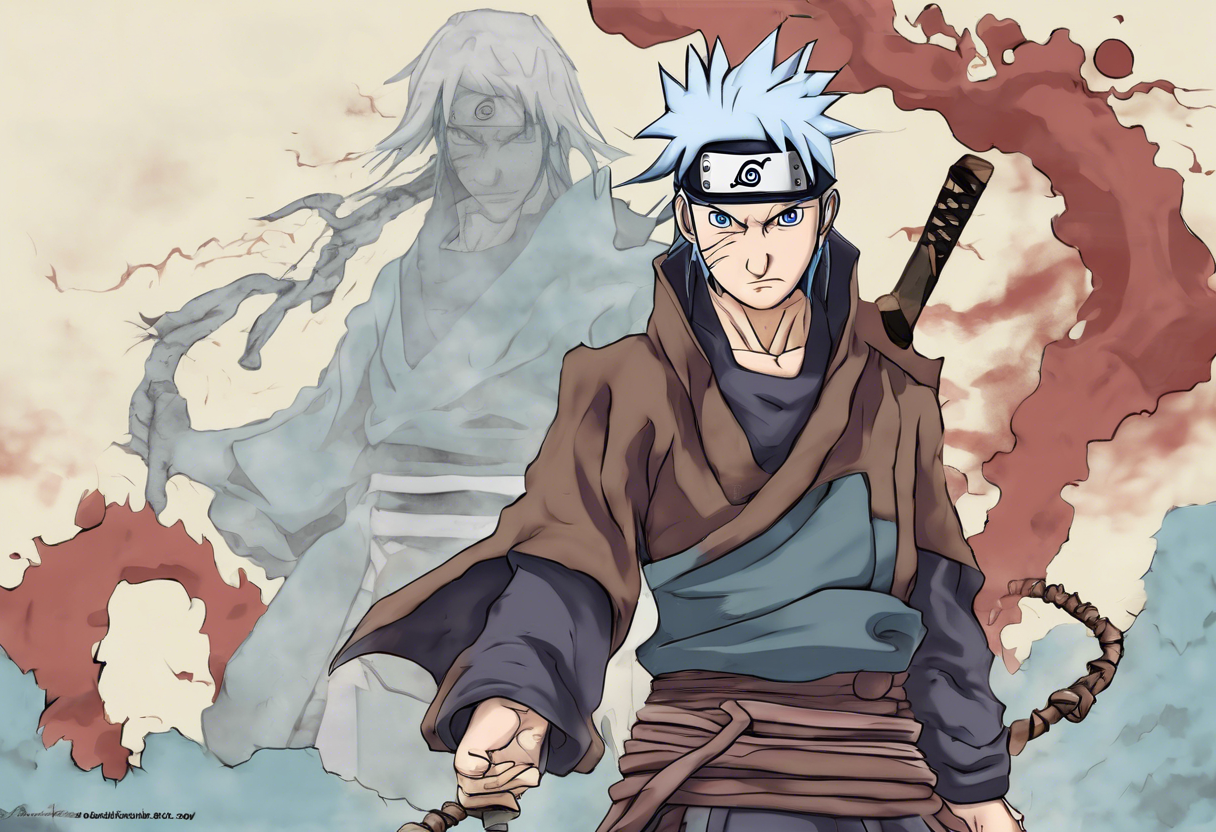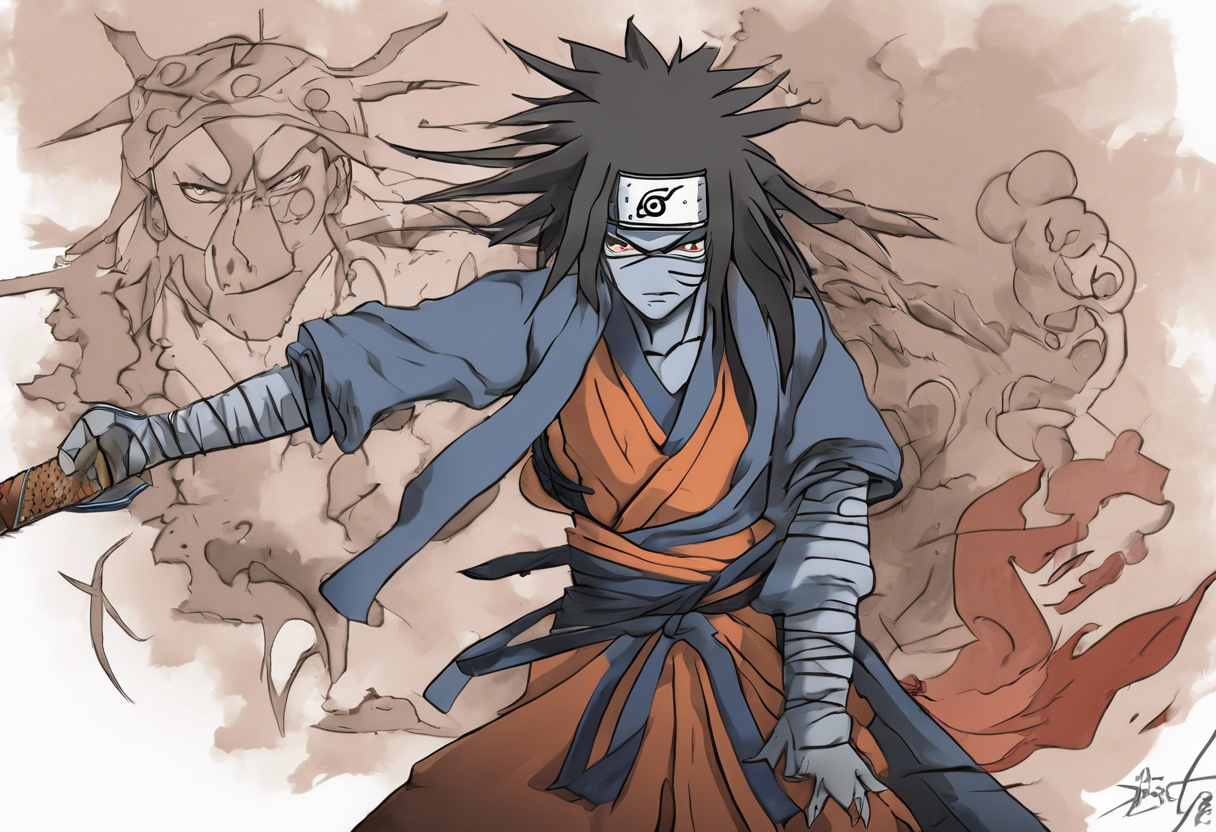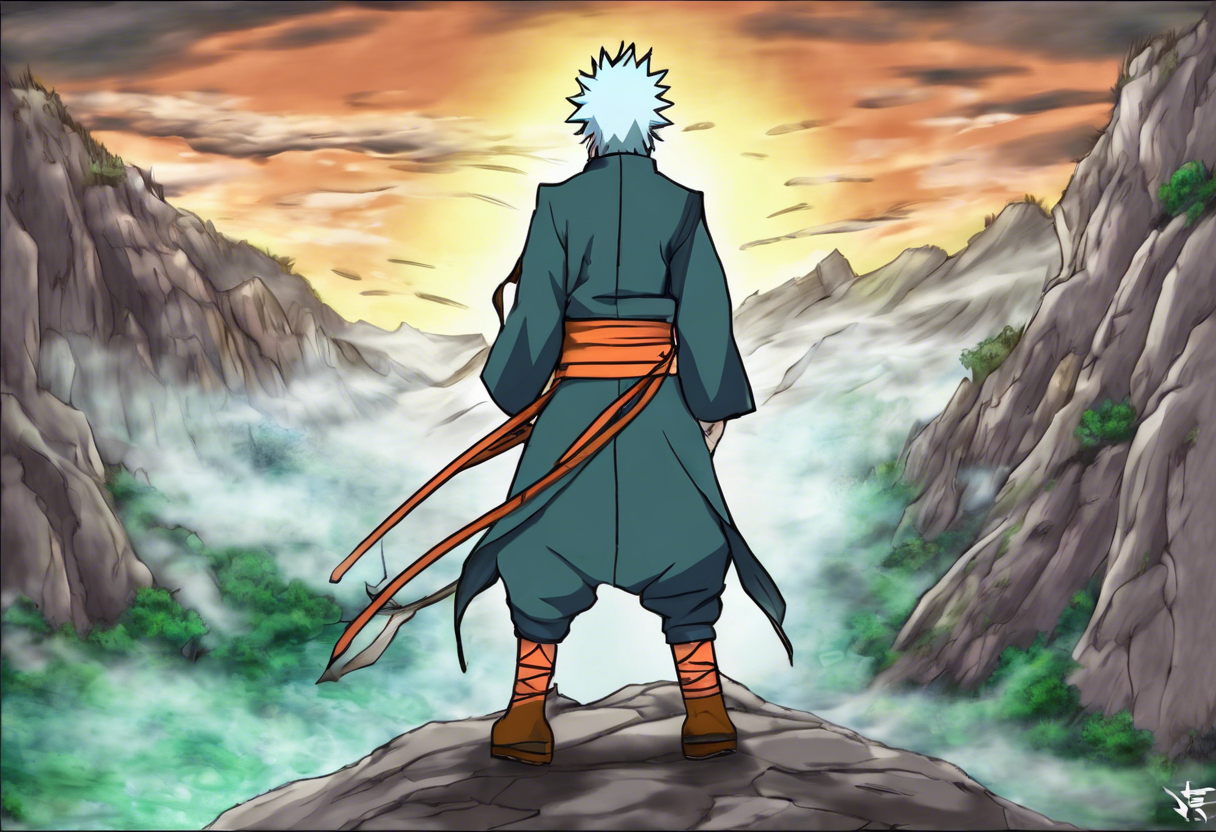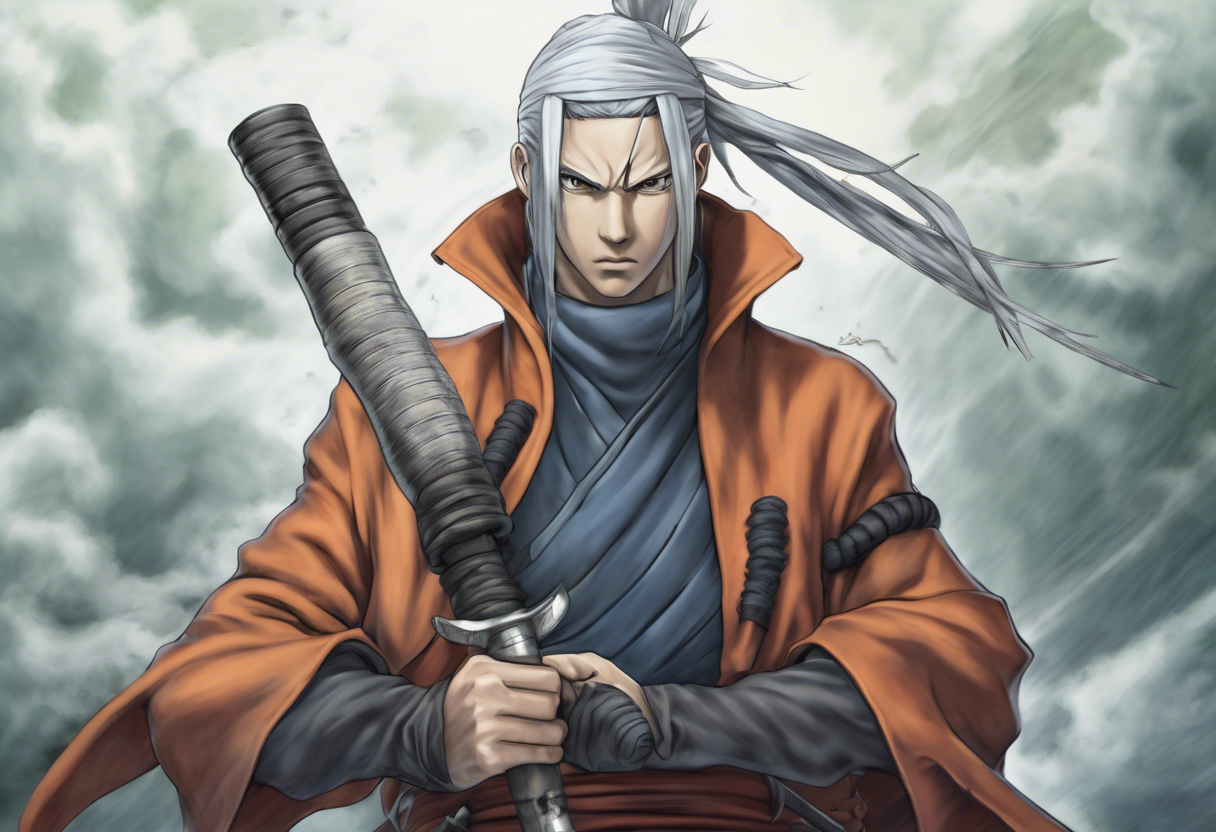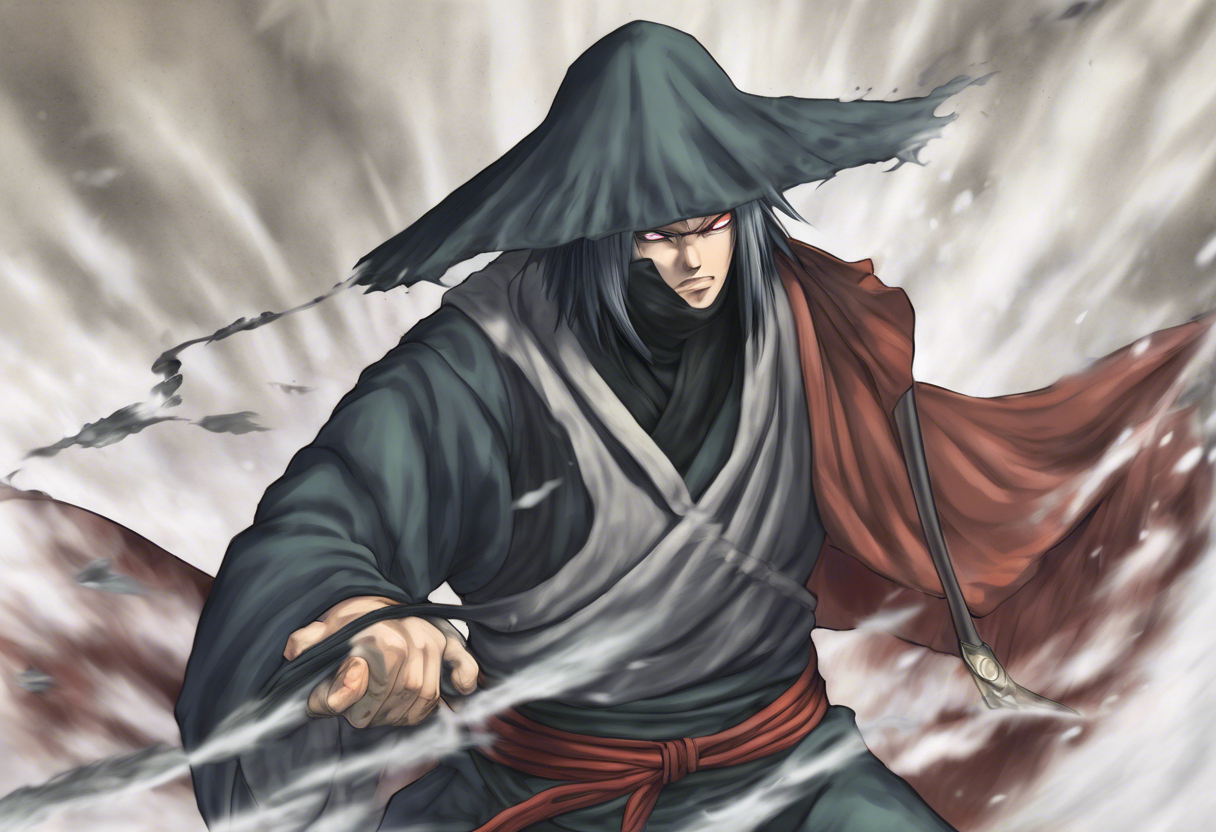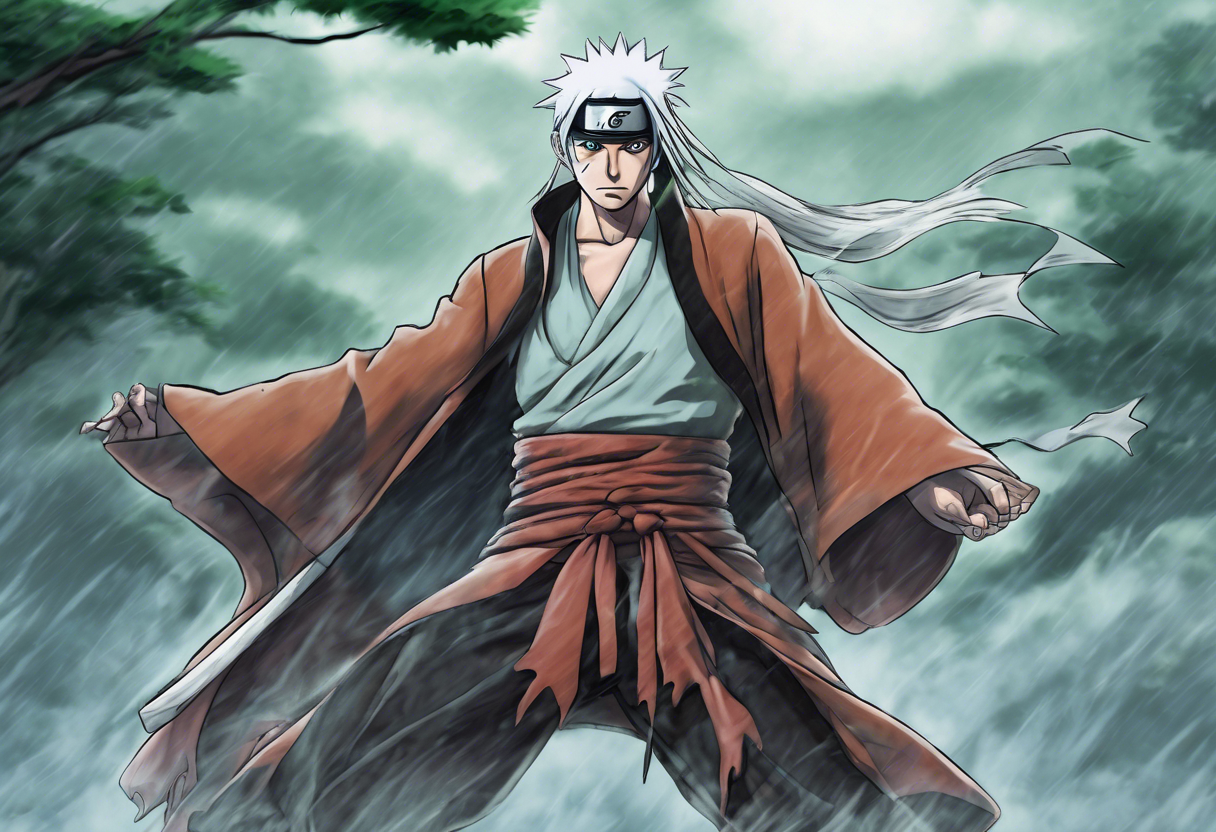Contents
The Assassin of the Mist: A Critical Analysis within the Naruto Series
Introduction
"The Assassin of the Mist" is a pivotal storyline within the popular anime and manga series Naruto, created by Masashi Kishimoto. This arc is part of the larger narrative of Naruto Uzumaki’s journey to become the Hokage of the Hidden Leaf Village. Here, we will delve into the background, production, key creative figures, and the initial release of this storyline, as well as what sets it apart within the anime genre.
"The Assassin of the Mist" is encapsulated within the first season of the Naruto anime, specifically in episodes 7-19, known as the Land of Waves Arc [3][4]. Directed by Hayato Date, this arc was first broadcast in Japan from 2002 to 2003. The storyline is a significant departure from the initial introductory episodes, as it introduces more complex characters and conflicts that shape the series’ narrative.
Plot Summary
The plot of "The Assassin of the Mist" revolves around Team 7, consisting of Naruto Uzumaki, Sasuke Uchiha, and Sakura Haruno, who are on their first serious mission under the guidance of their leader, Kakashi Hatake. Their task is to escort Tazuna, a bridge builder from the Land of Waves, back to his home. However, this mission becomes complicated when they encounter Zabuza Momochi, a rogue ninja from the Hidden Mist Village, who is hired by the evil businessman Gato to kill Tazuna [3][4].
As the story unfolds, Naruto and his teammates face numerous challenges, including battles against Zabuza and his companion, Haku. The arc explores the moral ambiguities of the characters, particularly Zabuza and Haku, who do not fit into clear-cut definitions of good and evil. This complexity adds depth to the narrative, highlighting the harsh realities of the shinobi world.
Key events include the team’s arrival in the Land of Waves, their initial encounters with Zabuza and Haku, and the subsequent battles that test their skills and teamwork. The arc culminates in a dramatic showdown between Kakashi and Zabuza, and the emotional confrontation between Naruto and Haku, which reveals the deeper motivations and philosophies of the characters [3][4].
Themes and Symbolism
"The Assassin of the Mist" explores several central themes that are crucial to the broader Naruto series. One of the primary themes is the concept of sacrifice and the will to protect others. Haku’s character, in particular, embodies this theme through his unwavering dedication to Zabuza and his ultimate sacrifice to save his friends [4].
Another significant theme is the struggle between good and evil, which is not presented in black-and-white terms. Zabuza, despite being a villain, has a complex backstory that humanizes him, making him more than just a one-dimensional character. This moral ambiguity adds richness to the story, encouraging viewers to question their assumptions about right and wrong [3].
The symbolism of the mist itself is also noteworthy. The mist represents the unknown and the dangers that lie within it, symbolizing the challenges and uncertainties that Naruto and his friends must face. The mist also serves as a metaphor for the veil between life and death, as seen in the final confrontation between Haku and Naruto [4].
Cultural Impact
"The Assassin of the Mist" has had a significant cultural impact since its release. It marked a turning point in the Naruto series, transitioning from introductory episodes to more serious and complex storylines. This arc helped establish the series as more than just a light-hearted anime, but as a narrative that delves into deeper themes and character development.
The reception of this arc was highly positive, with fans praising the introduction of compelling villains and the emotional depth of the story. The battles and character interactions in this arc have been cited as some of the most memorable moments in the series, contributing to its enduring popularity [3].
Critical Reception
Critically, "The Assassin of the Mist" has been well-received for its storytelling, character development, and emotional impact. Reviewers have praised the arc for its ability to balance action with emotional depth, making it a standout within the anime genre.
At the time of its release, fans and critics alike appreciated the complexity of the characters and the moral dilemmas presented. The arc’s ability to evoke strong emotions, particularly in the scenes involving Haku and Naruto, has been highlighted as a key strength of the storyline [3].
In subsequent years, this arc has continued to be celebrated for its contribution to the broader narrative of Naruto. It has been cited as one of the most beloved arcs in the series, with many considering it a defining moment in Naruto’s journey towards becoming a strong and compassionate shinobi.
Legacy
The legacy of "The Assassin of the Mist" is profound within the context of the Naruto series and anime as a whole. This arc set the tone for future storylines, showcasing the series’ ability to tackle complex themes and character development.
It continues to inspire new generations of anime fans and creators, serving as a benchmark for storytelling in the genre. The emotional resonance and moral complexity of this arc have made it a timeless part of anime history, ensuring its relevance even years after its initial release.
The impact of this arc can also be seen in other media, with similar storylines and character arcs being explored in other anime and manga series. The influence of "The Assassin of the Mist" on popular culture is evident in its enduring popularity and the continued discussion and analysis of its themes and characters.
References
- https://www.fanfiction.net/s/7214665/1/Naruto-Uzumaki-and-the-Assassin-of-the-Mist
- https://crewfiction.com/blog/are-sarah-j-maas-books-connected
- https://www.cbr.com/every-naruto-story-arc-chronological-order/
- https://tubitv.com/tv-shows/318415/s01-e07-the-assassin-of-the-mist
- https://www.supersummary.com/the-assassins-blade/symbols-and-motifs/

